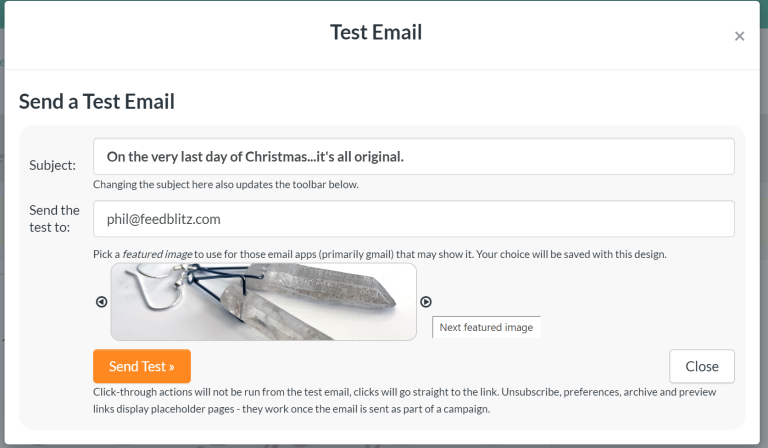How much should you ask for upfront and should there be a breakdown of payments ie payments at different mileposts? How about hourly versus per project?
From my own personal experience with many clients, I can say that working per project is by far the best, at least to start out, along with 50{ad5bb9fecb583deb4f0824f2220347f82cf22be85faf385196d32747341ff3d9} upfront.
As I say over and over, you need money upfront so you are not taking all the risk. If you do the work first and then ask for payment and they stiff you, they are out nothing. You are out your time and effort. And if you were really foolish and gave them the finished product before receiving any payment, you are out the product itself. You may as well just advertise for free products.
If you look for freelance work at the freelance websites, you should avoid the people who advertise for a big job but payment is upon completion. They may have been burned in the past but that doesn’t mean you are going to assume the full risk involved in this type of deal. I saw one that said FIRST you make a working mockup of the site. Then IF you are selected, you will integrate your creation into their website. THEN they will test it. THEN if they like it, you will be paid. WARNING WARNING! Do not take such a deal. Do not make that mockup even. Let those offshore people take this risk.
Think of yourself as constructing a building for them. Would you even order the first load of lumber without some upfront payment? No. And they should not expect you to either. As I said, they may have been burned in the past, but that is because they did not take the proper steps to protect themself.
If they are really worried about the risk, then have them go through someplace like GetAFreelancer.com where there is a method of holding the funds until work is approved. BUT make sure the funds are put into the escrow account BEFORE you begin work. Then if there is a dispute, it can be resolved and they can’t walk off with the product and the money and you can’t walk off with their money without any product to show for it.
Long term? Short term? A lot of potential clients will advertise that they want a long term relationship with the right person. This supposedly means the price for the current project should be lower in hopes of further business from them. That is what the client thinks and that is what a lot of freelancers believe too. They are looking at that hourly rate for monthly work and not thinking about the current project.
Or the other scam is to say that they want a long term relationship and will pay monthly AFTER the month is over. So you work on their assignments for say 80 hours in a month. You invoice them. Then you wait. You keep on working on their assignments and keep waiting for that first payment. Nothing. You are giving away your services again. So what do you do? Back to upfront money. A retainer so to speak.
I call it a “set up fee”. In reality if you are doing programming on an existing site, or even doing graphics, whatever you are doing, you need to have time to figure out what is already in place and how what you are doing fits in. For programmers this can take a bit of time if the previous programmer was clueless or just used a totally different programming paradigm from you. I’ve actually taken over a hundred hours to sort out a website backend before. The site was a nightmare.
So get upfront money from the client. Nothing outrageous but approximately half of the first project they want you to work on.
Actually you should always take the first assignment as a project and NOT as an hourly or monthly contract. You can explain it by saying this allows both sides to determine if the relationship works for both parties. If the first project works, then you can move to a long term contract with monthly billing or flat rate monthly payments.
Personally, I believe sticking with per project contracts is the best way to go. For one thing, you can focus on just that one project and not have the client bouncing you all over the place on different ones. Also, if you bid a project thinking it will take 100 hours and it takes you only 1 hour you have just made an amazing amount per hour. Of course on the other hand if it takes you 1000 hours you have gone in the toilet with your hourly rate.
This can hurt you when you allow a client to keep adding onto the project. The old “can you do this little thing?” shtick will kill you if you allow it. Instead, tell your client you are putting it on the list for the “next phase”.
Of course once you achieve a working realitionship with a client, you will know how much you can trust them and how far you are willing to go with them on payment terms.







